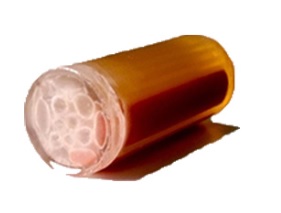Product
다올팬텀 제품을 소개합니다.
Anthropomorphic Phantom
| 제목 | 선량측정 란도팬텀 |
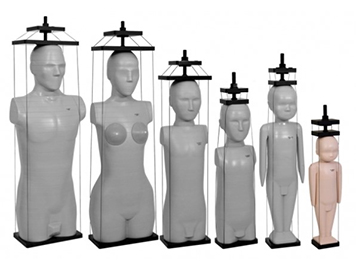 CIRS ATOM® phantoms are a full line of anthropomorphic, cross sectional dosimetry phantoms designed to investigate organ dose, whole body effective dose as well as verification of delivery of therapeutic radiation doses. ATOM is the only line of dosimetry phantoms to range in sizes from newborn to adult. Six models are available: newborn, 1-year, 5-year and 10-year old pediatric phantoms as well as adult male and female phantoms. Each phantom is sectional in design with traditional 25 mm thick sections. The sectional surfaces are extremely flat and smooth and do not require any special coatings or treatment. This results in minimal interfaces between the slabs when viewed in a scout or projection X-ray. The ATOM line also differs from other dosimetry phantoms by providing optimized TLD locations specific to 21 inner organs. Tissue-equivalent epoxy resins are used in all aspects of the phantom. CIRS technology offers superior tissue simulation Dosimetry Verification Phantoms by covering a wider range of energy levels from diagnostic to therapeutic. In addition, all bones are homogeneous and are formulated to represent age appropriate, average bone composition. CIRS bone formulations offer distinct advantages over natural skeletons and other types of simulated bone.  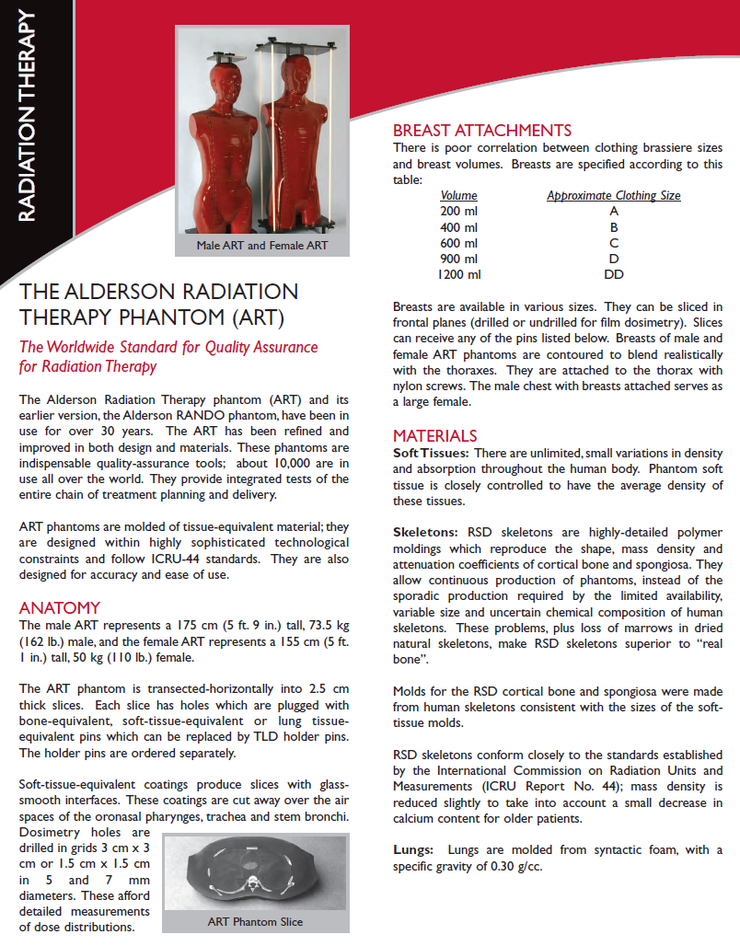   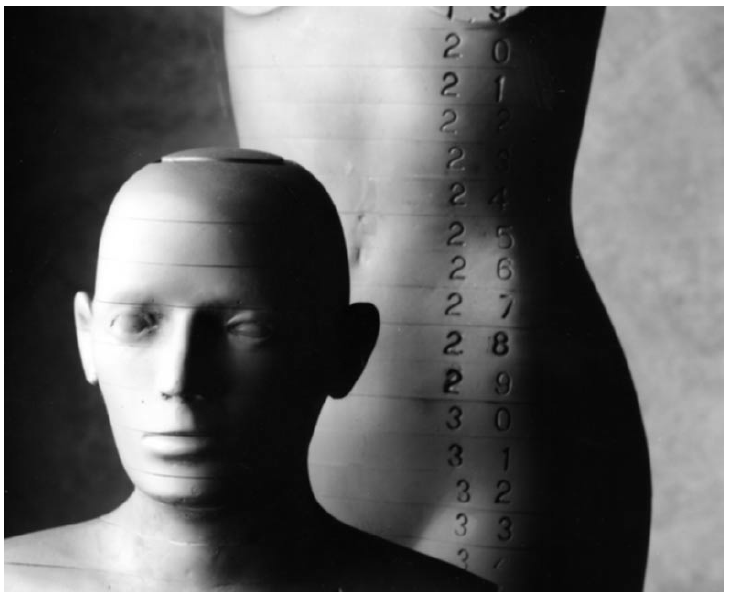 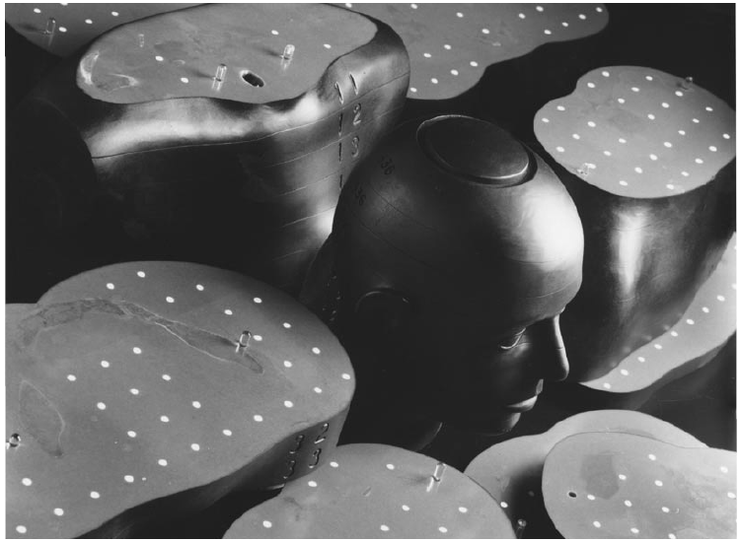 The RANDO® Phantom, RAN100 and RAN110 The RANDO® Phantom is an invaluable aid in radiotherapy treatment planning. It enables detailed mapping of dose distribution. This detailed dose information is useful for teaching patient treatment evaluation, quality assurance of automated treatment planning systems and research. There are two RANDO® models: The RANDO® woman and the RANDO® man. The woman represents a 163cm (5’4”) tall and 54kg (118 lb) female figure. The man represents a 175cm (5’9”) tall and 73.5kg (162 lb) male figure. Neither have arms or legs. Both phantoms are constructed with a natural human skeleton which is cast inside soft tissue-simulating material. Lungs are molded to fit the contours of the natural rib cage. The air space of the head, neck and stem bronchi are duplicated. The phantom is sliced at 2.5cm intervals for the insertion of film. Hole Grid patterns can be drilled into the sliced sections to enable the insertion of dosimeters. Two tissue-simulating materials are used to construct the RANDO® Phantom: the RANDO® soft tissue material and the RANDNO® lung material. Both of these are designed to have the same absorption as human tissue at the normal radiotherapy exposure levels. Material Details Soft Tissue - The RANDO® Phantom's soft tissue is manufactured from a proprietary urethane formulation with an effective atomic number and mass density that closely simulates muscle tissue with randomly distributed fat. The material is virtually indestructible, capable of withstanding substantial impact and continuous handling without damage. Lungs - The RANDO® Phantom's lung material closely mimics the density of lungs in a median respiratory state. The molded lungs are handshaped and fitted to naturally fill the rib cage. Skeletons - All of our anthropomorphic phantoms use natural human skeletons, skillfully reconstructed and adjusted to overcome any natural lack of symmetry, distorted joints, etc., and fit within the mold. Breasts & Breast Cups - (optional) Breasts in sizes A through E are available for both female and male RANDO® phantoms. Each breast is molded into 2cm thick sections and drilled on a 2cm grid to accept Mix D plugs. Available Models The RANDO® Phantoms are available in two models. Neither have arms or legs. RANDO® Woman — The woman represents a 163cm (5’4”) tall and 54kg (118 lb) female figure. RANDO® Man — The man represents a 175cm (5’9”) tall and 73.5kg (162 lb) male figure. |
|
| 카테고리 | |
| 문의하기 |




